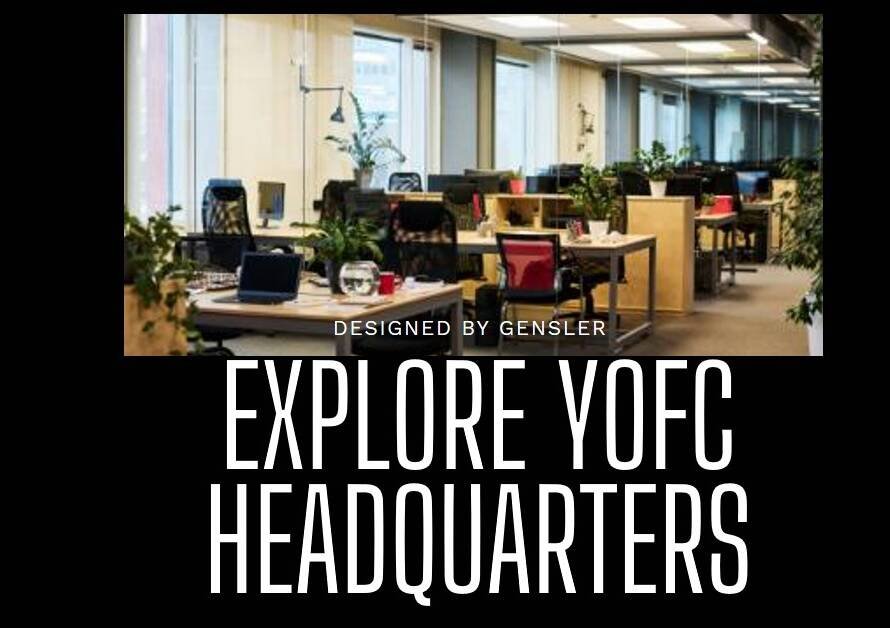
Table of Contents
- Introduction:
- Understanding the Fundamentals of Exterior Design:
- The Role of Site Analysis:
- Integrating Sustainability in Exterior Design:
- Embracing Technological Innovations:
- Balancing Aesthetics and Functionality:
- The Importance of Collaboration:
- Project Management and Scheduling:
- Addressing Environmental and Social Impact:
- Future Trends in Exterior Design Management:
- Conclusion: The Path Forward
Introduction:
Exterior design management is a multifaceted discipline that requires a blend of creativity, technical knowledge, and strategic planning. This blog post explores the various dimensions of managing architectural spaces, focusing on exterior design. By delving into different aspects, we aim to provide a comprehensive guide for architects, designers, and project managers who strive to create functional and aesthetically pleasing outdoor environments.
Understanding the Fundamentals of Exterior Design:
Exterior design management begins with a thorough understanding of the basic principles of design. This encompasses the interplay between form and function, balance and proportion, and the integration of the building with its surroundings.
To create a harmonious exterior, one must consider the architectural style of the building, the landscape, and the environment. This involves selecting appropriate materials, colors, and textures that complement the overall design. A deep appreciation of these elements forms the foundation upon which all successful exterior designs are built.
The Role of Site Analysis:
Before embarking on any design project, conducting a comprehensive site analysis is crucial. This involves assessing the site’s topography, climate, and existing vegetation. Additionally, understanding the local zoning laws, building codes, and environmental regulations is essential.
By meticulously analyzing the site, designers can identify potential challenges and opportunities. This enables the creation of designs that are not only visually appealing but also sustainable and compliant with local regulations. A thorough site analysis ensures that the design is grounded in reality and tailored to the specific context.
Integrating Sustainability in Exterior Design:
Sustainability is no longer an option but a necessity in modern exterior design. Integrating sustainable practices into design management helps reduce the environmental impact and enhances the functionality and longevity of the space.
Using eco-friendly materials, incorporating green roofs and walls, and designing for energy efficiency are some of the ways to achieve sustainability. Additionally, implementing water management systems, such as rain gardens and permeable pavements, can significantly reduce runoff and improve water quality. By prioritizing sustainability, designers can create spaces that are not only beautiful but also environmentally responsible.
Embracing Technological Innovations:
The rapid advancement of technology has revolutionized exterior design management. Tools such as Building Information Modeling (BIM) and Geographic Information Systems (GIS) have become indispensable in the design process.
BIM allows designers to create detailed digital representations of their projects, facilitating better visualization and coordination. GIS, on the other hand, enables the analysis of spatial data, helping designers make informed decisions about site planning and resource management. Embracing these technological innovations can enhance precision, efficiency, and collaboration in exterior design projects.
Balancing Aesthetics and Functionality:
A successful exterior design seamlessly blends aesthetics with functionality. While the visual appeal of a space is important, it must also be practical and user-friendly.
This balance can be achieved by considering factors such as accessibility, safety, and maintenance. For example, pathways should be wide enough to accommodate all users, including those with disabilities. Lighting should be strategically placed to enhance safety and highlight key features. Additionally, selecting durable materials that require minimal maintenance ensures that the space remains attractive and functional over time.
The Importance of Collaboration:
Exterior design management is a collaborative effort that involves various stakeholders, including architects, landscape designers, engineers, and clients. Effective communication and collaboration are key to the success of any project.
Regular meetings and workshops can facilitate the exchange of ideas and ensure that everyone’s vision aligns with the project’s goals. Additionally, involving the community in the design process can provide valuable insights and foster a sense of ownership and pride in the finished space. Collaboration not only enhances creativity but also helps address potential issues early in the design process.


Project Management and Scheduling:
Managing an exterior design project requires meticulous planning and organization. Developing a detailed project schedule with clearly defined milestones helps keep the project on track.
Using project management software can streamline this process by providing tools for scheduling, resource allocation, and budget tracking. Regular progress reviews and updates ensure that any deviations from the plan are promptly addressed. Effective project management ensures that the design is implemented efficiently and within the allocated time and budget.
Addressing Environmental and Social Impact:
Exterior design has a significant impact on the environment and the community. Therefore, it is important to consider the environmental and social implications of design decisions.
Designers should strive to minimize negative environmental impacts by preserving natural habitats and reducing pollution. Socially, the design should promote inclusivity and enhance the quality of life for all users. This can be achieved by creating spaces that encourage social interaction, physical activity, and cultural expression. By addressing these impacts, designers can create spaces that are beneficial to both the environment and the community.
Future Trends in Exterior Design Management:
The field of exterior design is continuously evolving, with new trends and innovations shaping the future. One emerging trend is the increasing use of smart technologies in outdoor spaces.
Smart lighting, irrigation systems, and environmental sensors are being integrated into designs to enhance efficiency and user experience. Additionally, there is a growing emphasis on biophilic design, which seeks to connect people with nature through the incorporation of natural elements. Keeping abreast of these trends can help designers stay ahead of the curve and create cutting-edge spaces.
Conclusion: The Path Forward
Navigating architectural spaces through effective exterior design management is a dynamic and rewarding process. By understanding the fundamentals, conducting thorough site analyses, integrating sustainability, embracing technology, balancing aesthetics with functionality, fostering collaboration, and managing projects efficiently, designers can create remarkable outdoor environments.
As the field continues to evolve, staying informed about emerging trends and their implications will be crucial. Ultimately, the goal is to design spaces that not only meet the needs of today but also contribute to a sustainable and vibrant future.


